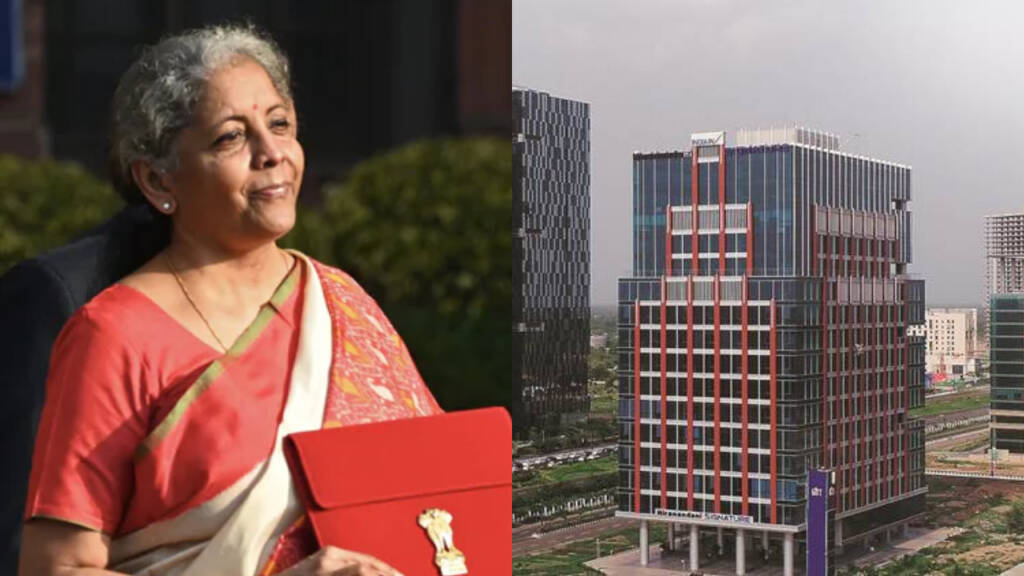India needs to massively spend on building infrastructure. This is evident from the fact that we have not been able to provide tap water to all citizens so far. Our drainage system is still stuck in the 19th century. The villages still do not have good internet connectivity and intra-city mobility infrastructure is among the worst except for few cities like Delhi and so on.
While the inter-city and inter-state infrastructures have improved a lot in the last few decades with National Highways and world-class airports, a lot needs to be improved to enhance the quality of living of the people in the cities. And, recognising this need, the Modi government has primarily focused only on the infrastructure in the Union Budget.
Most of the cities of India are overburdened. While cities like Delhi transferred some of their burdens to the neighbouring cities of Noida, Faridabad, and Gurgaon with massive investment in connectivity with these cities, other cities like Bengaluru, Patna, and Kolkata have failed to do the same.
Most of India’s metropolis needs intra-city connectivity infrastructures like that of Delhi. The cities like Bangalore, Hyderabad, Mumbai, Surat, and Patna are expanding at an exponential pace but there is little to no expansion of the city infrastructures – tap water, piped gas, drainage, and connectivity – to support this expansion and this is the reason that the peripheries of these cities are becoming overgrown slums.
China, the Eastern neighbour of India that performed an economic miracle with almost double-digit growth continuously for around four decades, has single-mindedly focused on infrastructure. In fact, the Communist government created many new cities out of nothing, only to support job creation and to boost the economy. Many of these cities have been declared ghost cities because there are very few people living there.
India does not need to build ghost cities because more than half of the country’s population is already living in cities (although official estimates are lower), albeit without proper infrastructure. All that is needed is an expansion of urban infrastructure to the peripheries of these cities so that the people living in overgrown slums can enjoy a better standard of living.
Therefore, the creation of New Patna, New Lucknow, and New Bangalore to shift some burden – just like Delhi shifted the burden to Noida and Gurgaon – is need of the hour for India’s infrastructural development. The Union Budget 2021-22 has a massive allocation for infrastructure – be it the railway infrastructure, agriculture infrastructure, road infrastructure, or urban infrastructure. From Jal Jeevan Mission to new highways and new freight corridors, every area has been touched in the latest Union Budget.
Finance Minister Nirmala Sitharaman also announced that a development finance institution (DFI) will be created in India with the initial capital of 20,000 crore rupees from the Union government to support infrastructure projects. The aim of the DFI will be to raise at least 5 lakh crore rupees in the next three or four years from public and private players and allocate it to infrastructural projects. There was a massive fund crunch – especially after the failure of IL&FS – for funds to infrastructure projects because most of them need long-term capital (some exceeding two or three decades).
Therefore, with this budget, the government has announced that it stands with nation-builders and firms working in the sector would get the support they need, to build roads, airports, buses, metros, drainage system, and sewage system for the betterment of the citizens of India.
